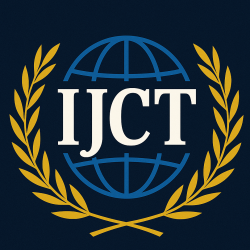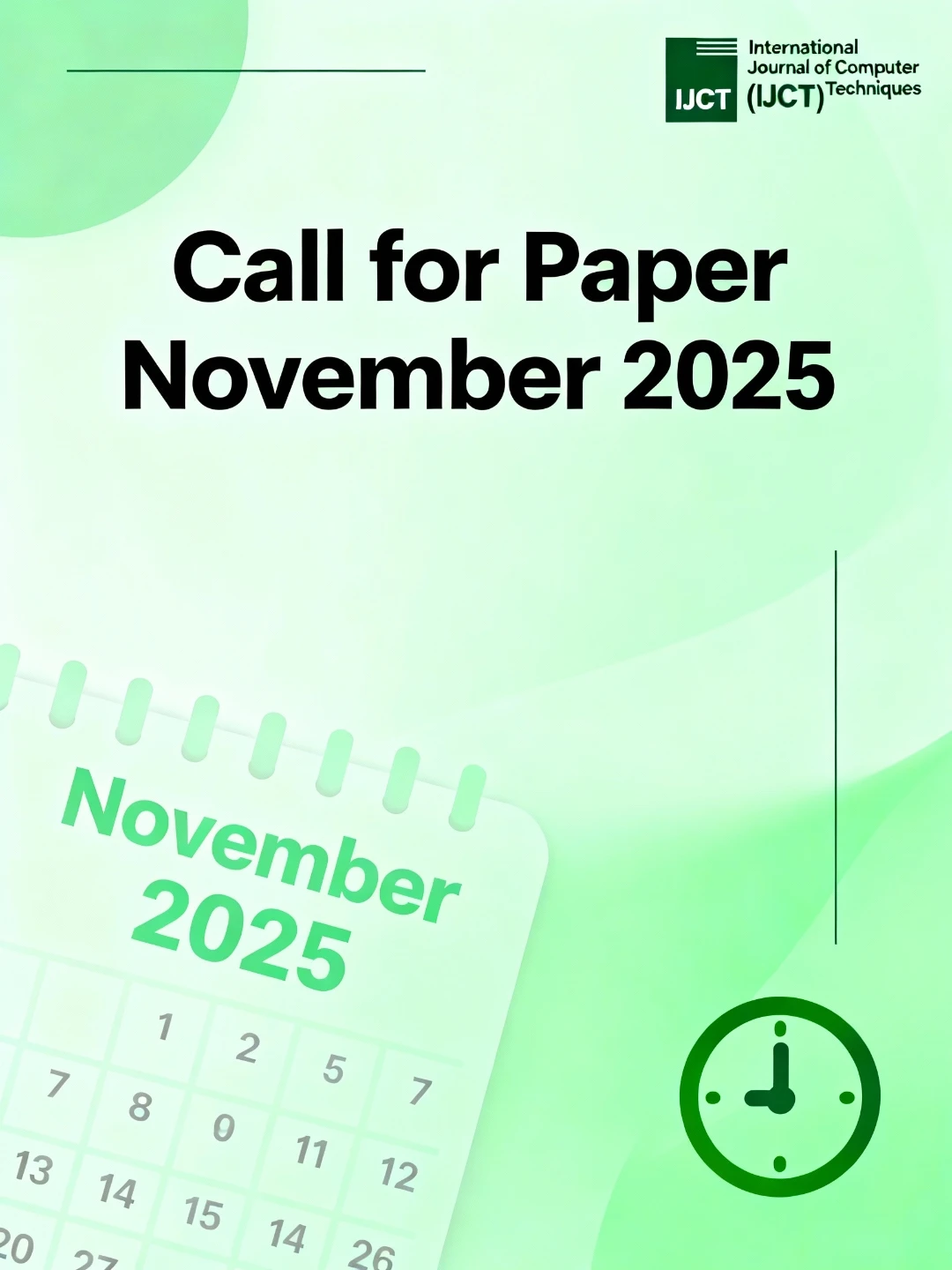
The Impact of Deepfakes on Society And The Role of AI In Mitigating Harm – Volume 12 Issue 5

International Journal of Computer Techniques
ISSN 2394-2231
Volume 12, Issue 5 | Published: September – October 2025
Author
Huzaifa Iqbal
Table of Contents
ToggleAbstract
Deepfake technology has emerged as one of the most concerning developments in the field of artificial intelligence. By manipulating images, audio, and videos, deepfakes can challenge the boundary between authentic and synthetic media . While this technology has some positive applications in entertainment, education, and accessibility, its misuse poses serious risks to society. From spreading misinformation and damaging reputations to influencing politics and increasing cybercrime, deepfakes present challenges that demand urgent attention. This paper explores both the harmful and beneficial impacts of deepfakes, highlighting the increasing concerns regarding media reliability and authenticity. It further examines how artificial intelligence itself can play a crucial role in addressing these issues, particularly through detection tools, authentication systems, and ethical frameworks. The discussion emphasizes the need for awareness, regulation, and technological solutions to ensure that innovation in AI does not come at the cost of societal harm. This paper contributes by providing a structured review of risks, applications, detection methods, and by presenting original survey results (n=200) on public awareness and trust in AI for deepfake detection.
Keywords
Deepfakes, Artificial Intelligence (AI), Misinformation, Digital Media Authenticity, Cybercrime, Deepfake Detection, Ethical AIConclusion
Deepfakes are an innovative yet challenging advancement in artificial intelligence. While they open doors to creativity in film, education, and medicine, their misuse—through fraud, abuse, and misinformation—poses serious risks to individuals and society. This research highlights that, although many people are aware of deepfakes, understanding and trust in AI detection tools vary, with concerns about reliability and manipulation still present. The findings also show that stopping harmful deepfakes is not the responsibility of a single group. Creators, social media platforms, and governments all need to work together, alongside informed and vigilant users. With ethical AI, ongoing technological improvements, and public awareness, society can balance the benefits of deepfakes with the need to minimize harm, making sure this powerful technology is used responsibly. Future research should focus on improving AI-based detection of audio deepfakes and on balanced innovation with safeguards against misuse.
References
[1]. https://papers.ssrn.com/sol3/papers.cfm?abstract_id=3213954 [2]. https://peerj.com/articles/cs-2037/
[3]. https://www.sciencedirect.com/science/article/pii/S240584402500653X [4]. https://datasociety.net/library/deepfakes-and-cheap-fakes/
[5]. https://www.tandfonline.com/doi/full/10.1080/23742917.2023.2192888#d1e159 [6]. https://ijarsct.co.in/Paper15308.pdf
[7]. https://www.researchgate.net/publication/351300442_Deep_Insights_of_Deepfake_Technology_A_Review
[8]. https://link.springer.com/article/10.1007/s42454-024-00054-8 [9]. https://arxiv.org/pdf/1909.11573
IJCT Important Links
© 2025 International Journal of Computer Techniques (IJCT).










